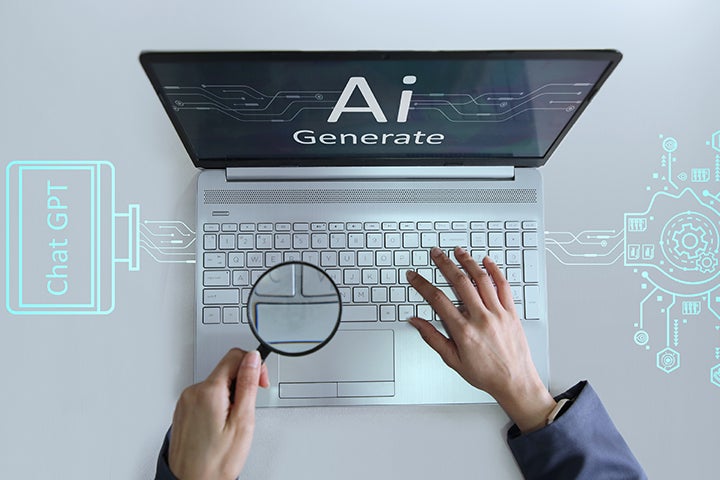Registrar nearly loses trainee position over use of AI
Monday, 8 September 2025

Just weeks out from sitting fellowship exams, a GP registrar was facing termination of their trainee position after it was discovered they had used ChatGPT to produce medical documentation. The Avant member contacted our Medico-legal Advisory Service seeking support to resolve the issue with their employer, a large corporate practice.
The problem had come to the employer’s attention when the registrar realised they had uploaded a patient referral letter into another patient’s medical record. Wanting to be sure to follow the correct procedure correcting this error, the registrar sought help from the practice manager.
AI solution to a heavy workload
In an attempt to manage the overwhelming demands of GP training, fellowship exam preparation and a young family, the registrar had decided to try out some of the new AI technology they had heard so many great things about.
Aware that a few of the GPs working for the same practice were already using an AI medical scribe, the registrar started using this tool for their consultation notes, but without checking that the practice approved the use of AI tools. Then, as they weren’t confident their patient referral letters were suitably professional, the registrar used ChatGPT to finesse the letters.
It had simply not occurred to them that, since the draft letters included personal information about a patient, as well as the specialist’s contact details, there were significant privacy issues entering these details into a publicly available general-purpose AI tool.
An investigation by the practice initially concluded that the registrar had breached privacy and confidentiality obligations by uploading identifiable patient details into uncontrolled environments.
Practice's policy on AI wasn't clear
Although the management team was considering a trial of the new technology, their current policy was that the use of any AI tools, even those that are specifically designed as medical scribes to generate clinical documentation, was prohibited. This had been noted in the minutes of the meeting when the proposed trial was discussed, and the practice took the view that all staff should have known AI tools were not permitted as these minutes had recently been circulated.
As part of Avant’s enquiries into the approved processes around documentation, the practice acknowledged their current policy on the use of AI generative tools had not been communicated directly to the registrar, or to other doctors working within the practice.
Subsequent to this incident, the practice completed their trial and decided that doctors would be permitted to use specific medical scribe tools. This policy is now made clear to all doctors when they join the practice.
Fixing incorrect records
Thankfully the registrar had spoken up as soon as they realised their error in entering information about one patient into another patient’s record. This prompt and open approach helped us resolve the dispute with the practice, who accepted a statement of mitigating circumstances.
We were also able to advise the practice on the right way to handle correcting medical records in the situation when Patient A’s information has been incorrectly entered in Patient B’s record:
- Copy the incorrectly entered information from B’s record into A’s record. Add a note in A’s record that this information was incorrectly entered in another patient’s record. Omit B’s details.
- Do not delete any data from B’s record. Instead, annotate this information with ‘Confidential - entered in error’, and flag so that it will be excluded from referral letters, reports and exports.
- Complete an internal incident report that is kept in the practice’s adverse event log. Include the date the information was entered, the date the error was identified and by whom, patients’ names (or record numbers) and actions taken. Do not copy this into A’s record or B’s record.
- Notify Patient A that some of their health information was incorrectly entered in another patient’s record. Explain the nature of the health information. Explain the steps taken to rectify the error.
Further reading
Key requirements for medical records
This article was originally published in Connect magazine, Issue 24.
The case discussed in this article is based on a real case. Certain information has been de-identified to preserve privacy and confidentiality.
IMPORTANT: This publication is not comprehensive and does not constitute legal or medical advice. You should seek legal or other professional advice before relying on any content, and practise proper clinical decision making with regard to the individual circumstances. Persons implementing any recommendations contained in this publication must exercise their own independent skill or judgement or seek appropriate professional advice relevant to their own particular practice. Compliance with any recommendations will not in any way guarantee discharge of the duty of care owed to patients and others coming into contact with the health professional or practice. Avant is not responsible to you or anyone else for any loss suffered in connection with the use of this information. Information is only current at the date initially published.
More ways we can help you



